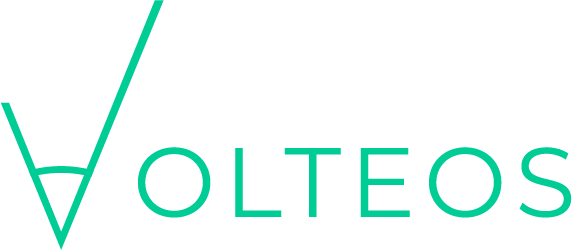Goals
The first and most important step in a solar project is to define the objectives clearly. They follow from the client’s needs, expectations, and constraints. A thorough needs assessment lays the foundation for successful planning and execution.
Profitability / Economic efficiency
- Low levelized cost of electricity (LCOE)
- Short payback period (Return on Investment)
- Maximum self-consumption rate
- Subsidies (one-time payment, feed-in tariff, etc.)
- Minimization of operating costs
Recommended Links
EnergieSchweiz
Cost and benefit calculator
Calculate the profitability of your solar system with the EnergieSchweiz solar calculator.
EnergieSchweiz
Handbook: Optimizing solar self-consumption (PDF)
Technical fundamentals and strategies to increase your solar system’s self-consumption.
Pronovo
Tariff calculator
Quickly calculate the current one-time remuneration for your solar power.
Energiefranken
Funding programs for energy and mobility
Find funding programs near you for buildings, mobility and local energy projects.
ElCom
Electricity price overview
Find detailed price analyses by cantons, municipalities, and grid operators.
VESE
PV tariff comparison
Compare solar feed-in tariffs by region and grid operator.
Energy independence
- Reduction of electricity purchases from the utility company
- Increased self-sufficiency through storage solutions
- Backup power supply in case of grid failure
- Integration with heat pumps, e-mobility, etc.
Recommended Links
Maximum performance / Area utilization
- Highest possible annual energy yield (kWh/year)
- Use of all suitable roof and façade surfaces
- Future-proofing for extensions (storage, wallbox, etc.)
Recommended Links
Aesthetics and architectural integration
- Harmonious integration into the building (in-roof vs. on-roof)
- Color selection (e.g. black modules, frameless, custom modules)
- Consideration of heritage protection or neighborhood regulations
Recommended Links
Origin and sustainability of components
- Preference for domestic or European production
- Environmental standards in the supply chain (e.g. CO₂ footprint, recyclability)
- Manufacturer transparency, warranty conditions
Digital control & monitoring
- Real-time self-consumption visualization
- Smart home integration (e.g. load optimization)
- Remote maintenance, alerts, automatic fault diagnosis
Recommended Links
Vendor independence (open standards)
- Compatibility with future technologies
- Modularity for future extensions
- Manufacturer independence (open standards such as Modbus, SunSpec)
Regulatory framework & grid compliance
- Compliance with local regulations (ESTI, EnDK, VSE, etc.)
- Grid connection requirements, feed-in approval
- Participation in collective self-consumption
Recommended Links
VSE
Handbook: Technical installation rules (PDF)
Technical connection guidelines for energy, storage, and PV systems in Switzerland.
VSE
Handbook: Local electricity communities (PDF)
Industry document with guidelines and recommendations for creating and managing local electricity communities.
VSE
Handbook: Self-consumption regulation (PDF)
Guidelines and recommendations for implementing self-consumption regulation (ZEV and vZEV) under the Energy Act.
LEGhub
Platform for electricity communities
Digital platform to find, create, and manage local electricity communities.
LokalerStrom
Information platform for locally produced electricity
Neutral information on self-consumption communities and local electricity models in Switzerland (ZEV, vZEV und LEG).
